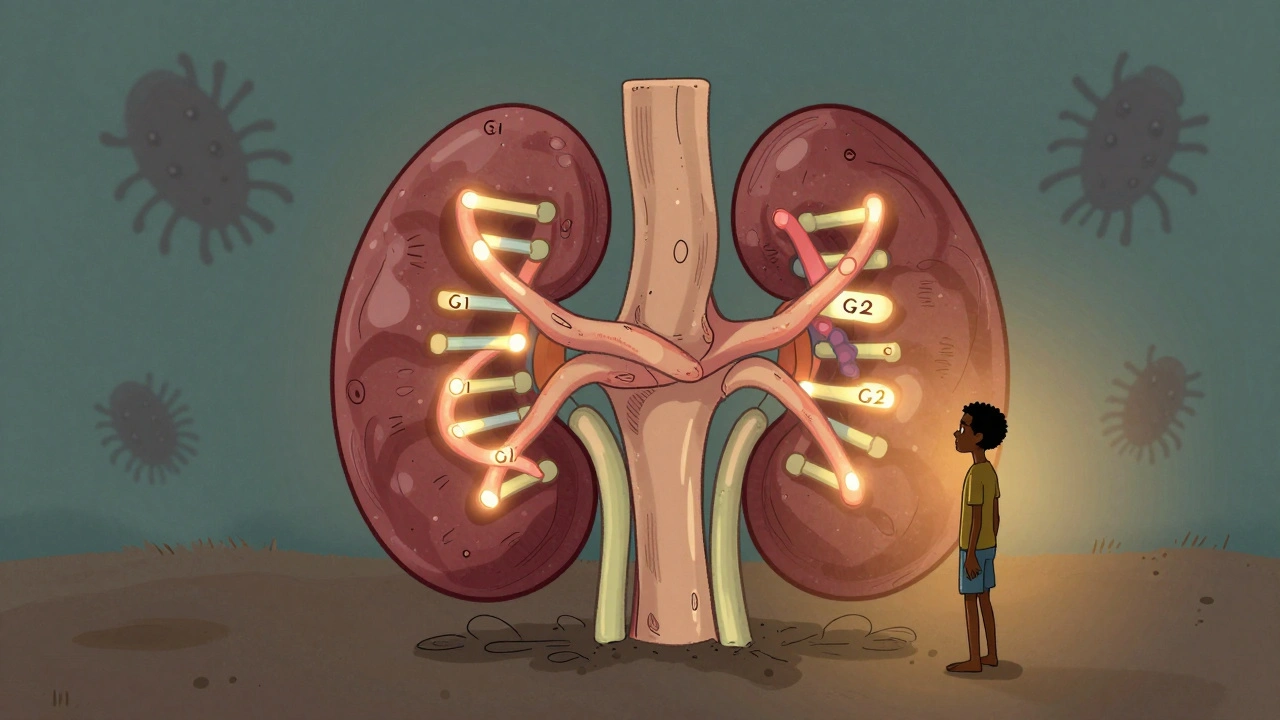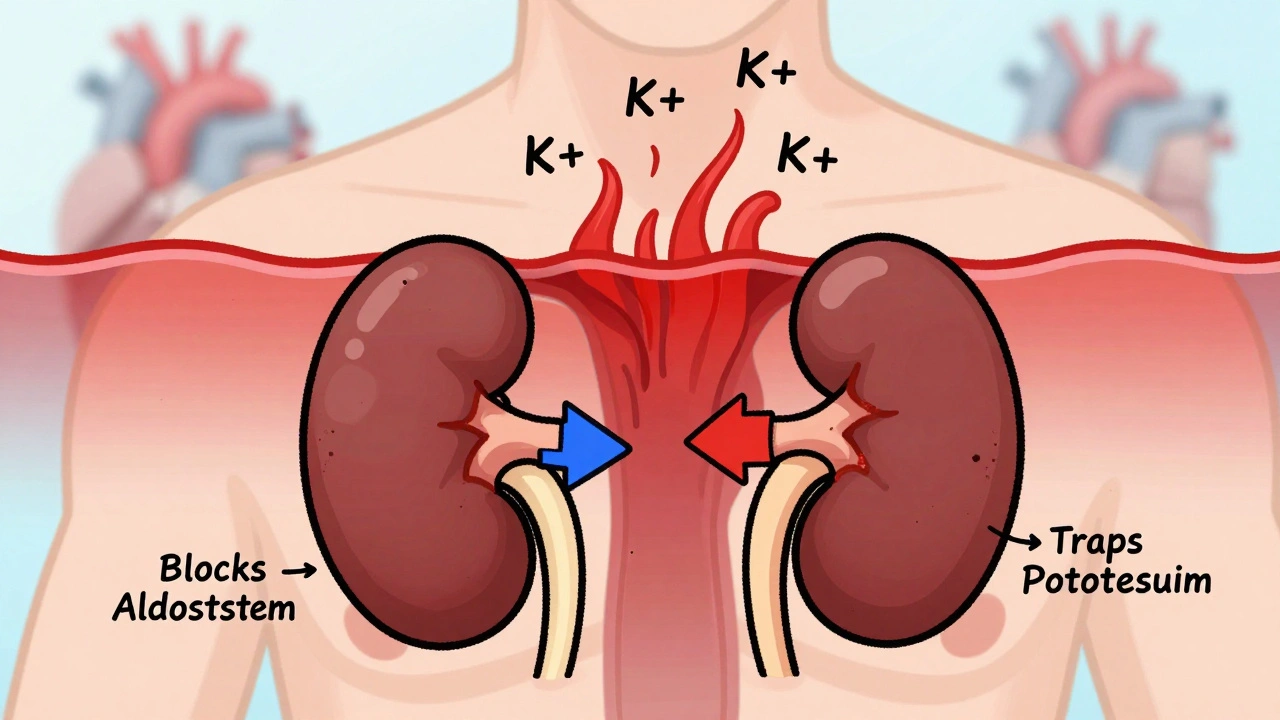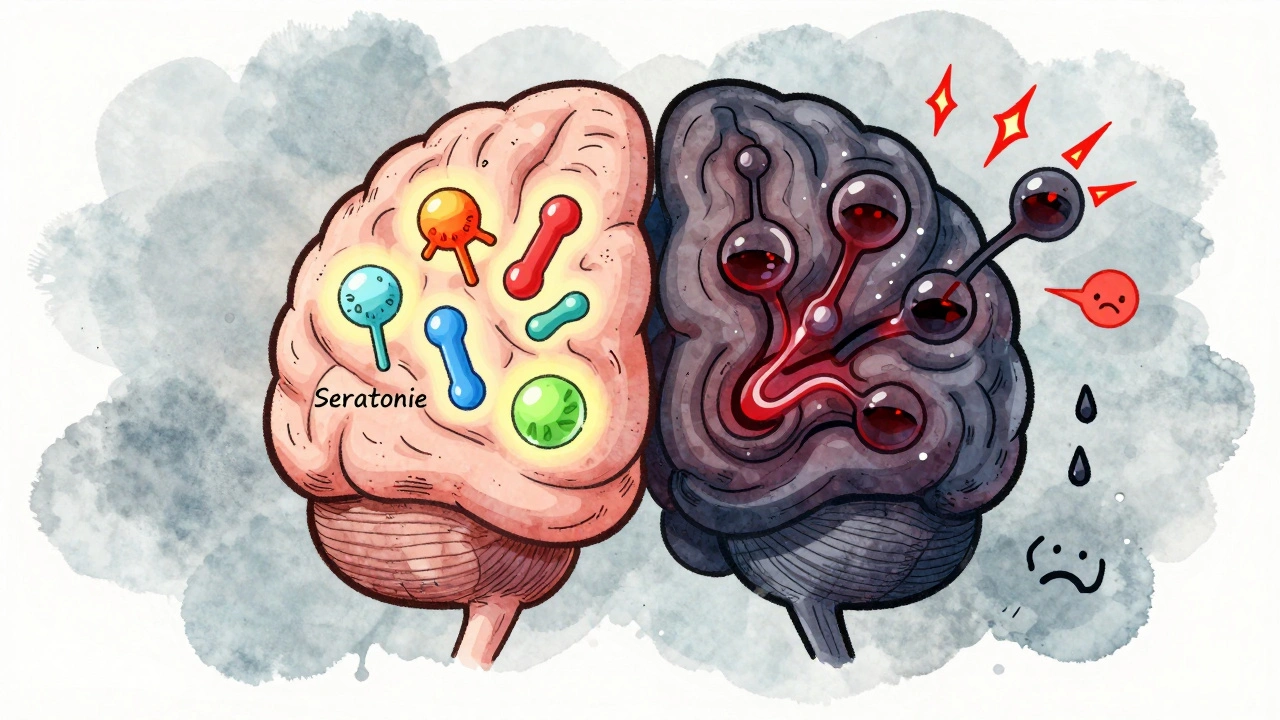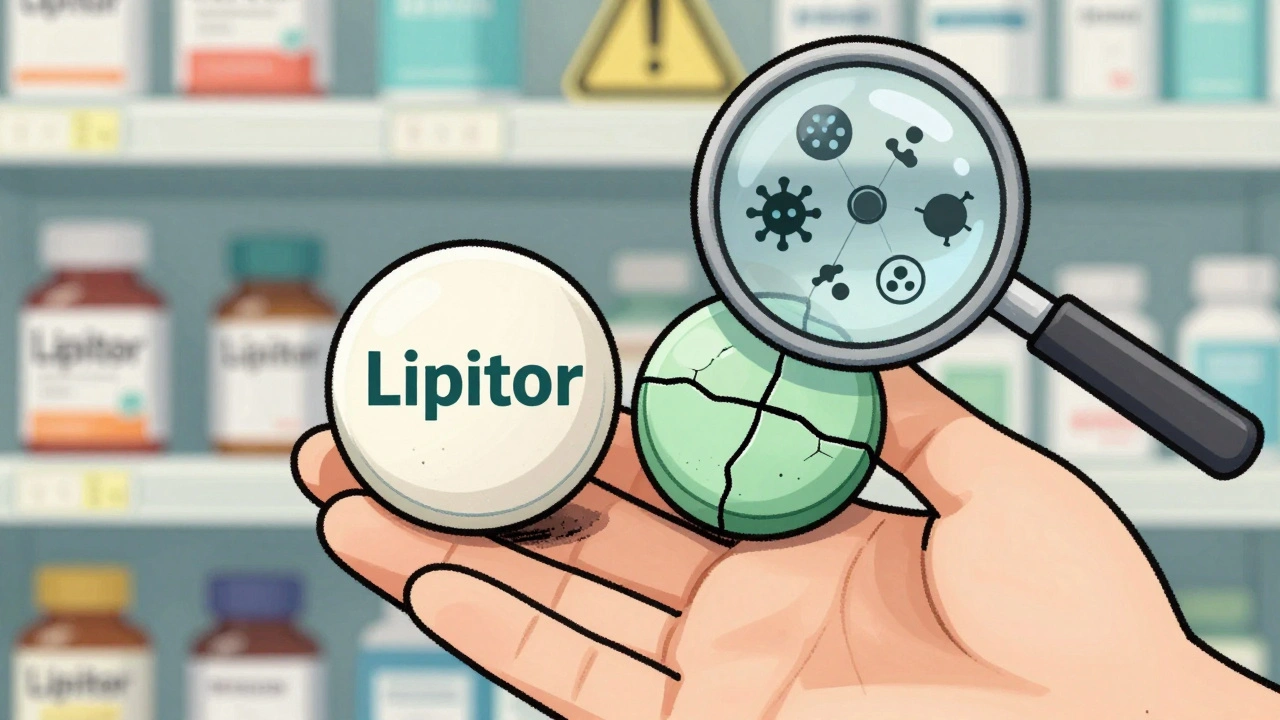Post‑Thrombotic Syndrome: Causes, Symptoms & Practical Management
When working with Post‑Thrombotic Syndrome, a long‑term complication that can follow deep vein thrombosis, marked by pain, swelling, and skin changes in the affected leg. Also known as PTS, it affects a significant portion of people after a clot and can lower quality of life. The condition post‑thrombotic syndrome is often misunderstood, but once you see how it ties to the clot that started it, the picture becomes clear.
The root cause is deep vein thrombosis, a blood clot that forms in the deep veins of the leg. When the clot damages the vein wall or its valves, the leg’s ability to push blood back to the heart weakens. This damage leads to chronic venous insufficiency, persistent blood pooling and increased pressure in the lower limb. In plain terms, the clot initiates a cascade: DVT → valve injury → chronic venous insufficiency → post‑thrombotic syndrome. Age, obesity, and a history of multiple clots increase the odds, while early anticoagulation can cut the risk.
Patients most often notice aching or heaviness that worsens after standing, noticeable swelling (edema), and skin discoloration. In advanced cases, ulcers may develop near the ankle. These symptoms illustrate the semantic triple: Post‑Thrombotic Syndrome encompasses chronic venous insufficiency. Because the underlying vein damage is permanent, treatment focuses on limiting progression rather than curing the root cause.
Managing Post‑Thrombotic Syndrome
The cornerstone of care is compression therapy, graduated elastic stockings that squeeze the leg to improve blood flow. When used consistently, compression reduces swelling, eases pain, and lowers ulcer risk. The relationship is clear: Effective management requires compression therapy. Choose a grade that matches your symptom severity—light compression for mild discomfort, stronger grades for extensive edema.
Medication still plays a role. Continued anticoagulant medication, drugs like warfarin or direct oral anticoagulants that prevent new clots can stop further damage, though they don’t reverse existing valve injury. This yields the triple: Anticoagulant medication influences disease progression. Doctors may also prescribe pain relievers, venoactive drugs, or refer you to a vascular surgeon for procedures such as vein ablation if the blockage is severe.
Lifestyle tweaks amplify medical measures. Elevating the leg above heart level for 15 minutes several times a day helps drain excess fluid. Regular walking activates calf muscles, acting like a natural pump. Maintaining a healthy weight lessens pressure on leg veins, and smoking cessation removes a major risk factor for clot formation.
Overall, understanding how a clot turns into chronic vein trouble gives you a roadmap to keep symptoms in check. Below you’ll find articles that break down each aspect— from spotting early signs, choosing the right compression grade, to navigating medication choices—so you can take charge of your leg health and avoid the pitfalls that many patients face.

Long-Term Effects of DVT on Your Health: Risks, Recovery & Prevention
Explore how deep vein thrombosis can affect your body years after the clot, from post‑thrombotic syndrome to pulmonary risks, and learn practical ways to manage and prevent complications.





